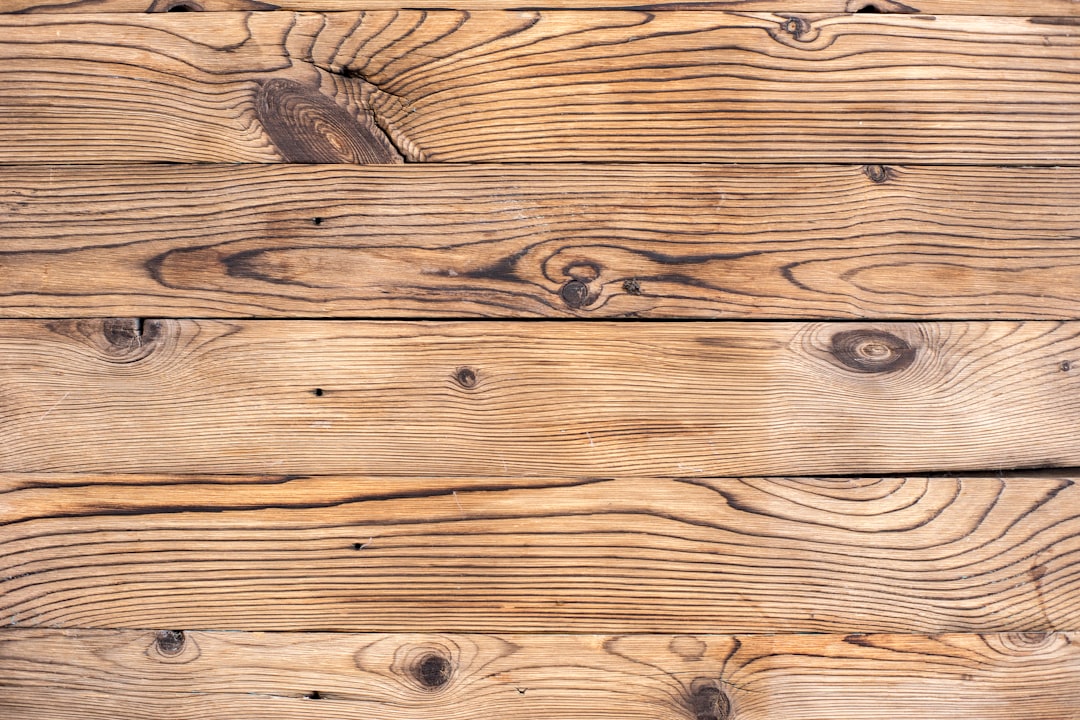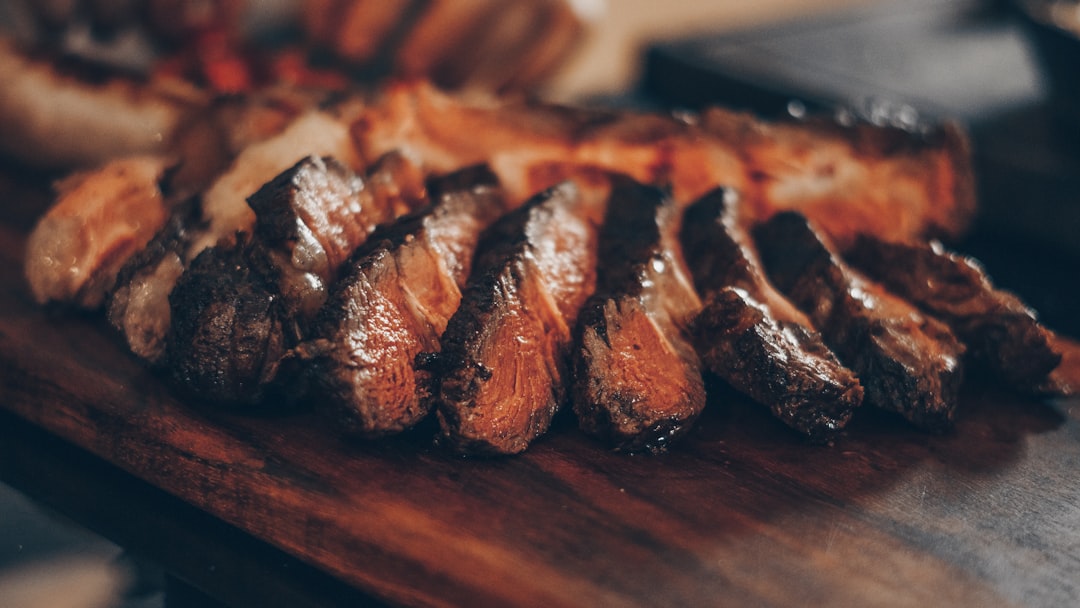Sous vide, a French term meaning “under vacuum,” is a cooking technique that has gained immense popularity among both professional chefs and home cooks. This method involves sealing food in a vacuum-sealed bag and immersing it in a water bath at a precisely controlled temperature. The beauty of sous vide lies in its ability to cook food evenly and retain moisture, resulting in tender and flavorful dishes.
Unlike traditional cooking methods that can lead to overcooking or uneven results, sous vide allows for a level of precision that is difficult to achieve otherwise. The origins of sous vide can be traced back to the 1970s when French chef Georges Pralus began experimenting with vacuum-sealing food to enhance its flavor and texture. Over the years, this technique has evolved, and advancements in technology have made it accessible to the average home cook.
Sous vide cooking is not just about convenience; it also offers a unique way to explore flavors and textures that are often unattainable through conventional methods. By cooking food at lower temperatures for extended periods, sous vide allows for the breakdown of tough connective tissues in meats, resulting in a melt-in-your-mouth experience that is hard to replicate.
Key Takeaways
- Sous vide cooking involves vacuum-sealing food and cooking it in a water bath at a precise temperature for a specific amount of time to achieve consistent and evenly cooked results.
- Essential equipment for sous vide cooking includes a sous vide machine or immersion circulator, vacuum sealer, and food-grade plastic bags or vacuum-sealable pouches.
- Choosing the right ingredients for sous vide cooking involves selecting high-quality proteins, vegetables, and aromatics, and considering the impact of vacuum sealing on flavors and textures.
- Mastering temperature and timing is crucial in sous vide cooking to ensure food safety, achieve desired doneness, and preserve the quality of ingredients.
- Enhancing flavors with sous vide cooking can be achieved through the use of aromatics, herbs, spices, and marinades to infuse the food during the cooking process.
Essential Equipment for Sous Vide Cooking
To embark on your sous vide journey, having the right equipment is crucial. At the heart of this method is an immersion circulator, a device that heats water to a specific temperature and circulates it to ensure even cooking. There are various models available on the market, ranging from budget-friendly options to high-end devices with advanced features.
When selecting an immersion circulator, consider factors such as temperature range, wattage, and ease of use. A reliable circulator will allow you to achieve consistent results every time. In addition to an immersion circulator, vacuum-sealing bags or containers are essential for sous vide cooking.
While vacuum-sealing bags are designed specifically for this purpose, you can also use heavy-duty zip-top bags if you do not have a vacuum sealer. The key is to remove as much air as possible to prevent floating during cooking. Some cooks prefer using glass jars for certain foods, as they can withstand the heat and provide an alternative method for sealing.
Lastly, a large pot or container is necessary to hold the water bath; it should be deep enough to accommodate the immersion circulator and the food being cooked.
Choosing the Right Ingredients for Sous Vide Cooking

Selecting the right ingredients is fundamental to achieving outstanding results with sous vide cooking. The method is particularly well-suited for proteins such as beef, pork, chicken, and fish, as it allows for precise temperature control that can transform tough cuts into tender delicacies. For instance, cooking a chuck roast at 135°F (57°C) for 48 hours can yield a fork-tender result that rivals more expensive cuts.
Additionally, sous vide is excellent for cooking eggs, vegetables, and even fruits, allowing for creative culinary exploration. When choosing ingredients, freshness is paramount. High-quality produce and meats will yield better flavors and textures.
For meats, consider marbling and fat content; cuts with more intramuscular fat will benefit from the slow cooking process, resulting in enhanced juiciness and flavor. Vegetables should be selected based on their intended use; root vegetables like carrots and potatoes can withstand longer cooking times without losing their integrity, while delicate greens may require shorter durations to maintain their vibrant color and crispness.
Mastering Temperature and Timing in Sous Vide Cooking
| Temperature (°F) | Timing (hours) | Result |
|---|---|---|
| 130 | 1 | Medium-rare steak |
| 140 | 2 | Medium steak |
| 160 | 4 | Well-done steak |
| 135 | 1.5 | Tender chicken breast |
| 145 | 2.5 | Moist pork chops |
One of the most significant advantages of sous vide cooking is the ability to master temperature and timing with precision. Each type of food has an optimal cooking temperature that can enhance its texture and flavor while ensuring safety. For example, cooking chicken breast at 140°F (60°C) for 1-2 hours will yield a juicy and tender result without the risk of dryness often associated with traditional methods.
Conversely, tougher cuts of meat like brisket benefit from longer cooking times at lower temperatures, allowing collagen to break down gradually. Timing is equally important in sous vide cooking; while it offers flexibility, overcooking can still occur if food is left in the water bath for too long. Understanding the science behind sous vide will help you determine the ideal cooking times for various ingredients.
For instance, fish fillets typically require only 30-45 minutes at 125°F (52°C) to achieve perfect doneness, while root vegetables may need several hours depending on their size and density. Familiarizing yourself with these parameters will empower you to create dishes that are consistently delicious.
Enhancing Flavors with Sous Vide Cooking
Sous vide cooking not only preserves the natural flavors of ingredients but also provides an opportunity to enhance them through various techniques. One popular method is marinating proteins before sealing them in vacuum bags. The low-temperature environment allows marinades to penetrate deeply into the meat, resulting in intensified flavors that are often lost during traditional cooking methods.
For example, marinating pork tenderloin in a mixture of soy sauce, garlic, and ginger before sous vide cooking can create a rich umami flavor profile. Another way to enhance flavors is by incorporating aromatics directly into the vacuum-sealed bags. Adding herbs, spices, citrus zest, or even garlic cloves can infuse your dish with additional layers of taste during the cooking process.
For instance, cooking salmon with fresh dill and lemon slices not only complements the fish but also creates a fragrant aroma that elevates the overall dining experience. Experimenting with different flavor combinations can lead to exciting culinary discoveries that showcase your creativity.
Safety and Hygiene in Sous Vide Cooking

While sous vide cooking offers numerous benefits, it is essential to prioritize safety and hygiene throughout the process. The low-temperature environment can create conditions conducive to bacterial growth if not managed properly. To mitigate this risk, it is crucial to adhere to recommended temperature guidelines and cooking times for various foods.
For instance, poultry should always be cooked at a minimum temperature of 165°F (74°C) for safety reasons; however, it can also be safely cooked at lower temperatures if held for longer periods. Proper hygiene practices are equally important when preparing food for sous vide cooking. Always wash your hands before handling ingredients and ensure that all surfaces and utensils are clean.
When vacuum-sealing food, avoid cross-contamination by using separate cutting boards for raw meats and vegetables. Additionally, once food has been cooked sous vide, it should be either served immediately or rapidly cooled in an ice bath before refrigerating if not consumed right away. Following these safety protocols will help ensure that your sous vide experience is both enjoyable and safe.
Creative Sous Vide Cooking Techniques
Sous vide cooking opens up a world of creative possibilities that extend beyond traditional methods. One innovative technique involves using sous vide to prepare infusions or flavored oils. By immersing herbs or spices in oil at a controlled temperature, you can create vibrant oils that enhance dishes with unique flavors.
For example, infusing olive oil with rosemary at 130°F (54°C) for an hour can yield a fragrant oil perfect for drizzling over grilled vegetables or pasta. Another exciting application of sous vide is in dessert preparation. Sous vide allows for precise control over temperatures when making custards or cheesecakes, resulting in silky textures without the risk of curdling or overcooking.
For instance, preparing a vanilla bean custard at 185°F (85°C) for one hour can produce a creamy dessert that sets perfectly without any graininess. Additionally, fruits can be cooked sous vide with sugar and spices to create delicious compotes or toppings for various desserts.
Tips for Perfecting Sous Vide Dishes
To achieve perfection in your sous vide dishes, there are several tips worth considering. First and foremost, always preheat your water bath before adding food; this ensures that your ingredients start cooking immediately at the desired temperature rather than sitting in lukewarm water. Additionally, consider using a lid or covering your pot with plastic wrap to minimize evaporation during long cooking times.
Another valuable tip is to experiment with different textures by varying cooking times and temperatures within recommended ranges. For example, if you enjoy steak cooked medium-rare but want a slightly firmer texture, try cooking it at 130°F (54°C) for just one hour instead of two hours. This flexibility allows you to tailor dishes to your personal preferences while still benefiting from the precision of sous vide.
Lastly, don’t shy away from creativity when it comes to seasoning and finishing techniques after sous vide cooking. A quick sear on a hot grill or skillet can add depth of flavor through caramelization while providing an appealing crust on meats or vegetables. Incorporating finishing salts or fresh herbs just before serving can elevate your dish further and impress your guests with both presentation and taste.
By embracing these tips and techniques, you can unlock the full potential of sous vide cooking and create memorable meals that showcase your culinary skills while delighting those who share your table.



